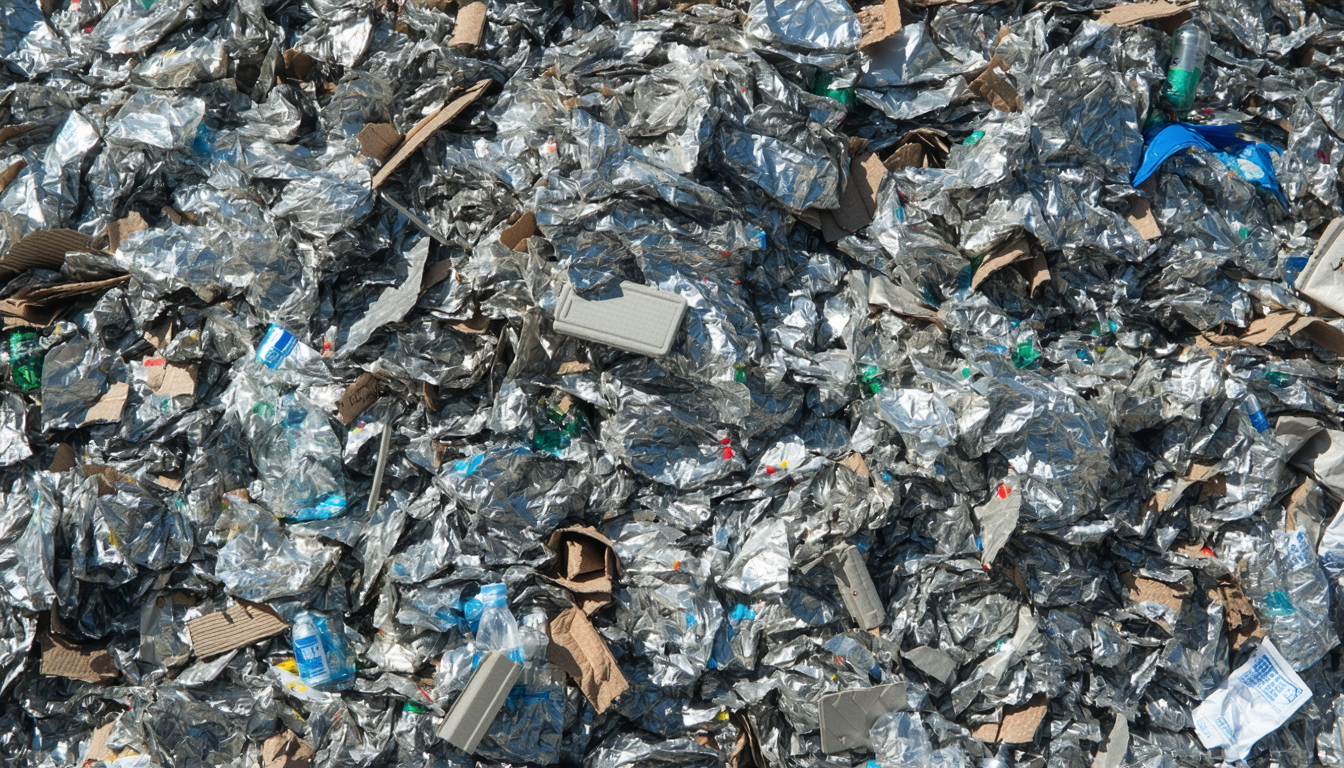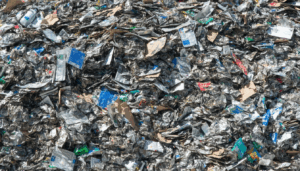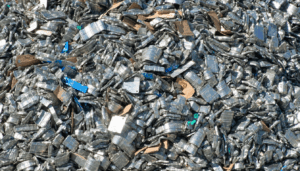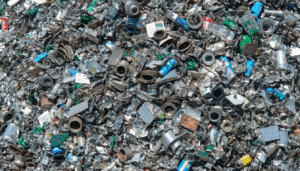Introduction
In recent years, great metal recycling has emerged as a cornerstone of sustainable industry practices across the United States. With growing environmental concerns and the push for a circular economy, metal recycling is gaining momentum as a vital solution to reduce waste and conserve resources. This article explores the latest developments in great metal recycling, including innovative technologies, policy shifts, and economic impacts. From rising recycling rates to new federal initiatives, we delve into how this sector is shaping the future of American industry and environmental stewardship.
The Rise of Great Metal Recycling in the U.S.
Metal recycling in the United States has seen significant growth, driven by both economic incentives and environmental imperatives. According to the Institute of Scrap Recycling Industries (ISRI), the U.S. recycled over 50 million metric tons of ferrous and non-ferrous metals in 2022, generating an economic impact of $116 billion. This surge reflects a broader trend toward sustainability, as industries seek to minimize reliance on virgin materials.
The process not only conserves natural resources but also cuts greenhouse gas emissions. Recycling aluminum, for instance, saves up to 95% of the energy required to produce it from raw bauxite. As companies and municipalities ramp up efforts, great metal recycling is becoming a national priority.
Technological Innovations Driving Efficiency
One of the most exciting aspects of great metal recycling is the integration of cutting-edge technology. Advanced sorting systems, such as AI-powered robotics and sensor-based separators, are revolutionizing scrap processing. These tools enhance precision in identifying and separating metals, boosting recovery rates.
A notable example is the adoption of X-ray transmission technology by major recycling firms. This innovation allows for faster and more accurate sorting of complex metal alloys. According to Dr. Emily Carter, a materials science expert at Stanford University, “Technological advancements are making metal recycling more efficient and scalable, paving the way for broader adoption across industries.”
Policy Shifts Supporting Metal Recycling
Government policies are playing a crucial role in advancing great metal recycling initiatives. In 2023, the U.S. Environmental Protection Agency (EPA) introduced new guidelines to incentivize recycling programs through grants and tax benefits. Additionally, several states, including California and New York, have enacted stricter regulations on industrial waste, pushing companies to recycle more.
These measures aim to address the growing demand for recycled metals in sectors like automotive and construction. The federal Infrastructure Investment and Jobs Act of 2021 also allocated funds for modernizing recycling facilities, signaling strong governmental support for this sector.
Economic and Environmental Impacts
The implications of robust metal recycling are far-reaching for stakeholders across the board. For businesses, using recycled metals reduces production costs and mitigates supply chain risks tied to raw material shortages. Consumers benefit from lower prices on goods made with recycled content, while communities see reduced landfill waste.
Environmentally, the impact is profound. The EPA estimates that recycling metals prevents over 150 million metric tons of CO2 emissions annually in the U.S. However, challenges remain, such as contamination in scrap streams and limited public awareness about proper recycling practices.
Future Outlook for Great Metal Recycling
Looking ahead, experts predict that great metal recycling will continue to grow as part of America’s green economy. The push for electric vehicle production, which relies heavily on recycled lithium and cobalt, could further drive demand. Additionally, potential trade agreements focusing on sustainable materials may open new markets for U.S. recyclers.
On the flip side, some industry voices caution against over-reliance on recycling without addressing upstream waste reduction. Balancing these perspectives will be key to ensuring long-term success. As policies evolve and technology advances, the sector stands poised for transformative change.
Conclusion
Great metal recycling is reshaping the industrial landscape in the United States, offering a sustainable path forward amid pressing environmental challenges. From technological breakthroughs to supportive policies, the sector’s growth reflects a collective commitment to resource conservation. While hurdles like contamination and awareness gaps persist, the potential for economic and ecological benefits is undeniable. As America continues to invest in this field, metal recycling could become a model for global sustainability efforts, proving that innovation and responsibility can go hand in hand.
Frequently Asked Questions (FAQ)
- What is great metal recycling?
Great metal recycling refers to the efficient and large-scale process of recovering and reusing metals from scrap to reduce waste and conserve resources. - Why is metal recycling important in the U.S.?
It lowers energy consumption, reduces greenhouse gas emissions, cuts production costs, and supports a circular economy by minimizing reliance on virgin materials. - How much metal is recycled annually in the U.S.?
Over 50 million metric tons of ferrous and non-ferrous metals are recycled each year, according to recent data from ISRI. - What challenges does the metal recycling industry face?
Key issues include contamination in scrap materials, inconsistent regulations across states, and limited public participation in recycling programs. - How can individuals contribute to metal recycling?
People can help by properly sorting recyclable metals, using designated drop-off points, and supporting products made from recycled content.





